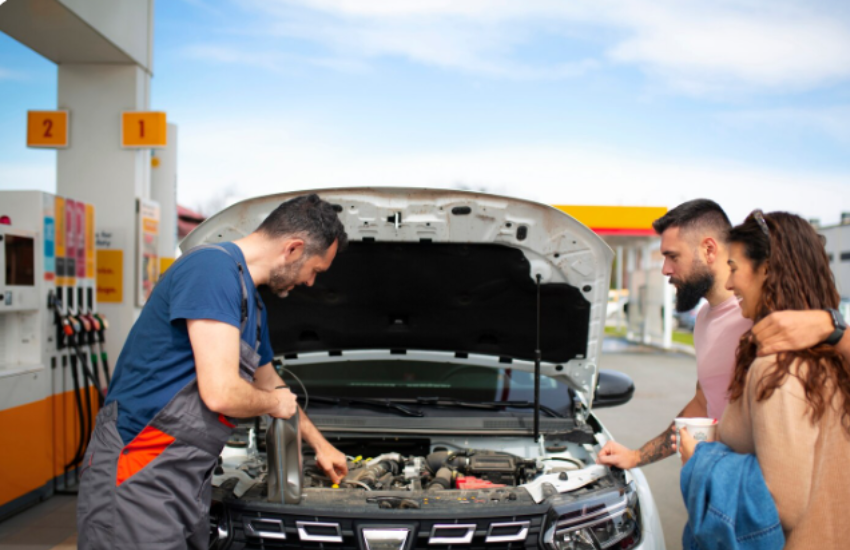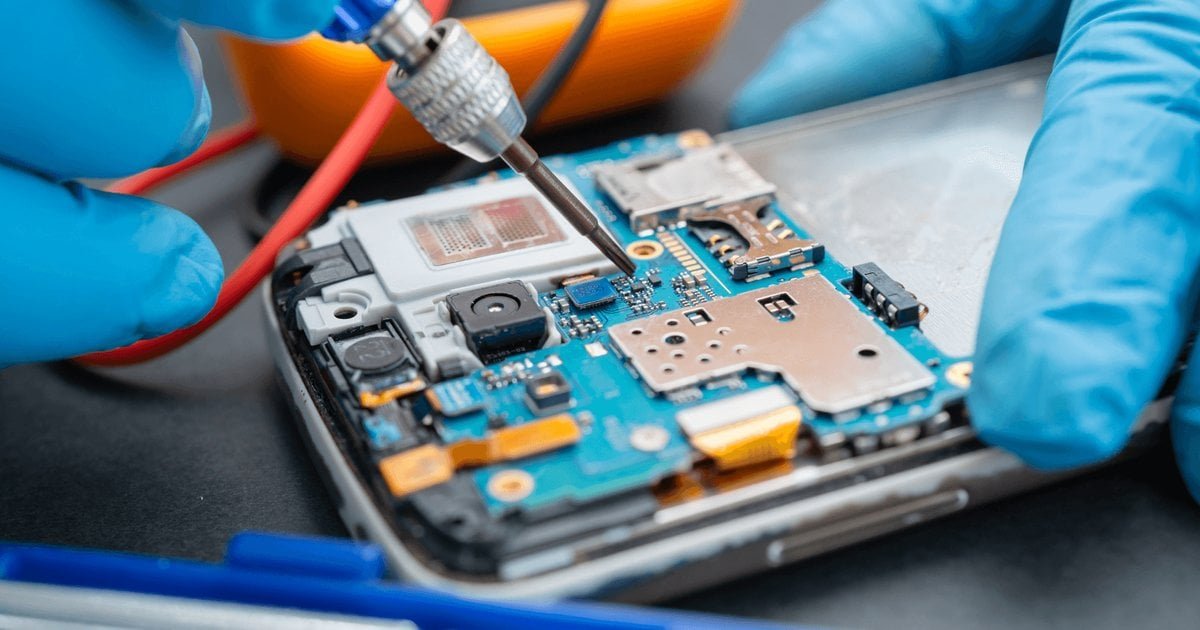As the UK moves towards a greener future, biofuels are becoming an increasingly popular alternative to traditional fossil fuels. Among these, Bio-DERV (Biodiesel for road vehicles) is gaining traction. However, if you own an older diesel vehicle, you may be wondering: Is Bio-DERV compatible with older diesel engines? This guide draws upon years of experience in automotive content writing to give you a detailed, clear, and practical answer.
What is Bio-DERV?
Bio-DERV, or biodiesel road vehicle fuel, is a type of renewable diesel made by blending traditional diesel with a percentage of bio-based oils, usually from vegetable or animal fats. In the UK, the government promotes biofuels to reduce carbon emissions and meet sustainability targets.
Bio-DERV is chemically similar to conventional diesel but contains up to 7% renewable biodiesel (B7) in most blends, with some higher blends like B20 and B100 available for certain engines. Its environmental benefits are significant:
-
Lower carbon footprint: Up to 80% reduction in lifecycle CO₂ emissions compared to traditional diesel.
-
Reduced particulate matter: Cleaner combustion reduces soot and other harmful emissions.
-
Sustainable sourcing: Made from renewable feedstocks rather than finite fossil fuels.
Despite these advantages, compatibility with older engines remains a valid concern.
Understanding Older Diesel Engines
Older diesel engines, particularly those manufactured before the 2000s, have different mechanical characteristics compared to modern engines. Some key features include:
-
Mechanical fuel injection systems: Older diesels often rely on mechanical pumps rather than electronic controls.
-
Limited material resistance: Engine components, such as seals and fuel lines, may not be designed to withstand certain chemical properties of biodiesel.
-
Lower tolerance to fuel blends: High biodiesel concentrations can cause performance and maintenance issues in older vehicles.
Therefore, while Bio-DERV may work perfectly in modern vehicles, older engines require careful consideration.
Key Concerns with Bio-DERV in Older Engines
1. Fuel Compatibility and Engine Seals
Biodiesel can react differently with the rubber seals, hoses, and gaskets used in older diesel engines. Over time, higher biodiesel blends can cause:
-
Swelling or cracking of seals
-
Leaking fuel lines
-
Increased maintenance costs
This doesn’t mean Bio-DERV is inherently harmful; lower blends like B7 are generally safe for most older engines. However, if your vehicle uses an engine from the 1980s or early 1990s, it’s essential to check the manufacturer’s recommendations.
2. Fuel System Clogging
Biodiesel has a natural solvent effect that can loosen deposits in fuel tanks and pipelines. In older engines, this can lead to:
-
Clogged fuel filters
-
Reduced fuel flow
-
Temporary engine hesitation
For engines that have been running on mineral diesel for decades, a gradual introduction of Bio-DERV can reduce this risk.
3. Cold Weather Performance
In the UK, winters can be harsh, especially in Scotland and northern regions. Biodiesel tends to gel at higher temperatures than traditional diesel, which can cause starting problems in older engines:
-
B7 blend: Usually performs well down to -5°C
-
Higher blends: May require additives to prevent gelling
For older vehicles without modern fuel heating systems, this is an important consideration.
4. Potential for Biodiesel Oxidation
Biodiesel is more prone to oxidation over time, which can lead to sludge formation. Older diesel engines with infrequent use are particularly vulnerable, as fuel may sit in the tank for long periods. This can result in:
-
Engine deposits
-
Fuel filter blockages
-
Reduced fuel efficiency
Regular maintenance and fuel turnover are key to avoiding these problems.
Tips for Using Bio-DERV in Older Diesel Engines
While there are concerns, many older diesel owners in the UK successfully use Bio-DERV. Here are some practical tips:
1. Start with Low Blends
For older engines, start with B7 Bio-DERV, which contains just 7% biodiesel. This level is usually safe for vehicles built after the late 1980s. Avoid higher blends like B20 or B100 unless your engine has been specifically upgraded for biodiesel use.
2. Check Manufacturer Guidelines
Consult your vehicle’s manual or contact the manufacturer. Some older diesel engines may explicitly advise against biodiesel, while others tolerate B7 without issues.
3. Monitor Fuel System Components
Inspect fuel lines, seals, and filters regularly. If any wear or leaks are detected, replace parts with biodiesel-compatible materials to prevent long-term damage.
4. Gradual Transition
If your vehicle has always run on mineral diesel, gradually introduce Bio-DERV by blending it with your regular fuel over several tanks. This helps flush out deposits without overwhelming the system.
5. Winter Preparation
During colder months, consider fuel additives to improve cold flow properties or keep your tank full to reduce condensation and gelling.
6. Regular Maintenance
Older engines benefit from more frequent fuel filter changes and fuel system inspections when using Bio-DERV. This ensures optimal performance and longevity.
Real-World Experience in the UK
Many UK drivers with older diesel vehicles, from classic Land Rovers to early 2000s Ford Transit vans, have successfully transitioned to B7 Bio-DERV. Key factors that contribute to success include:
-
Gradual introduction of biofuel
-
Regular fuel system maintenance
-
Awareness of seasonal challenges
However, vehicles older than the 1980s may face more challenges due to outdated materials and mechanical fuel systems. In these cases, sticking to traditional diesel or using biodiesel occasionally may be safer.
Environmental and Financial Considerations
While older engines may not fully leverage the environmental benefits of Bio-DERV due to lower fuel efficiency or increased maintenance, even small changes can reduce carbon emissions. Additionally:
-
UK government incentives: Some local councils and fleet operators offer tax breaks or reduced rates for vehicles using renewable fuels.
-
Fuel savings: In some regions, Bio-DERV pricing can be competitive with conventional diesel.
Switching to biodiesel can therefore align with both environmental goals and potential cost benefits, provided compatibility is carefully managed.
Conclusion: Is Bio-DERV Compatible with Older Diesel Engines?
The answer is it depends.
-
For engines built after the late 1980s, B7 Bio-DERV is generally safe and can be used without major modifications.
-
For engines from the 1970s or early 1980s, caution is advised. Material degradation, fuel system clogging, and cold weather issues can pose challenges.
-
Higher blends (B20 and above) are usually not recommended unless the engine has been specifically upgraded for biodiesel use.
Ultimately, the key is gradual adoption, regular maintenance, and careful monitoring. By following these practices, older diesel vehicles in the UK can successfully run on Bio-DERV, enjoying environmental benefits without compromising engine longevity.




Leave a Reply